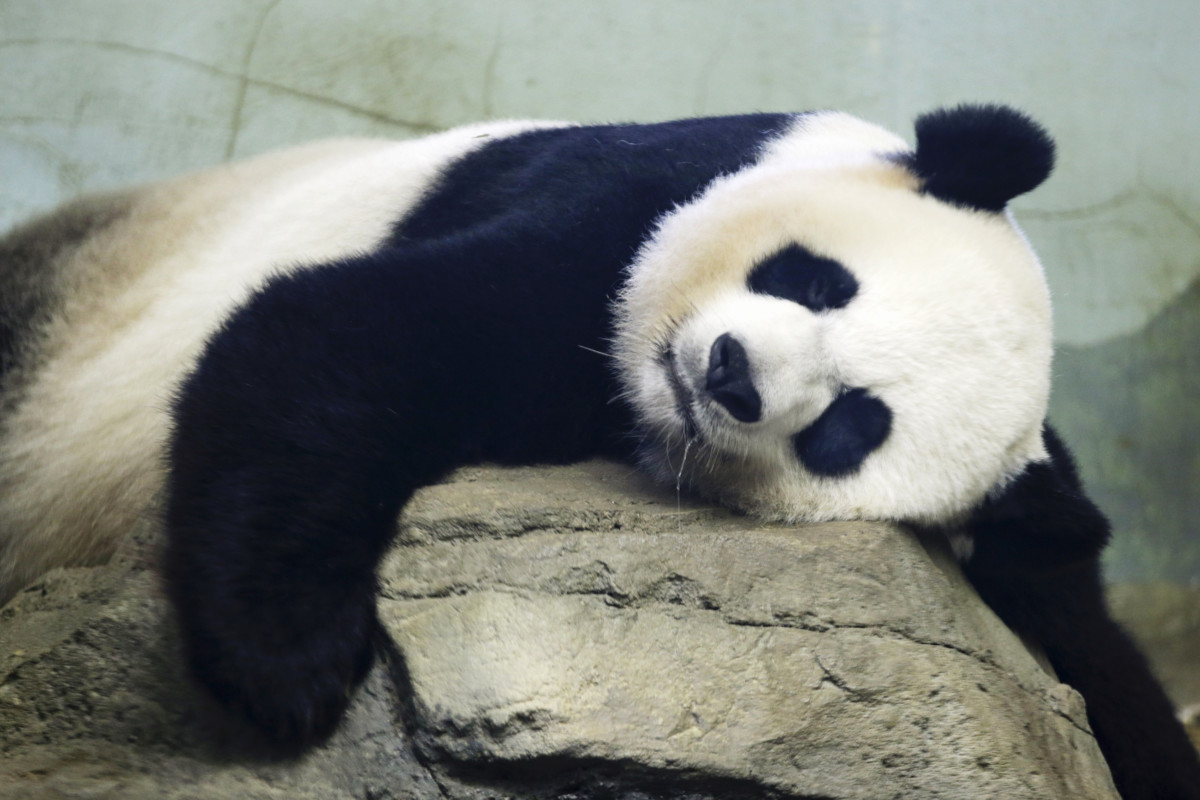God knows that the news lately has been anything but fun, so I was touched a few days ago when I happened upon the whimsical announcement that a 22-year-old giant panda named Mei Xiang gave birth to a tiny cub a few days ago at the Smithsonian National Zoo. But as I continued reading, I nearly spit out my water when I learned that it was rather remarkable that she even got pregnant at all, given that giant pandas only ovulate once a year! You read that right. ONCE A YEAR. So for those of you who are trying to get pregnant, count your blessings that you have about 12 times the annual opportunity of pandas.
In her particular case, she was artificially inseminated, which as you can imagine, was especially challenging. But here’s some other rather fascinating tidbits about giant panda fertility. For starters, in order for them to be able to mate, not only must they get along, as it were, but the male must be “behaviorally competent,” meaning that he must know how to mount the female. I’m sure there’s a joke in there somewhere, but let’s just leave it at that.
At any rate, here’s where it gets really interesting. For a point of reference, once a woman’s egg is fertilized, it implants into her uterus about a week later, and about 37 weeks after that, the baby is born. In a panda, though, the fertilized egg just floats free in her uterus for several months before it finally implants shortly before the cub is born.
And now for the ultimate shocker: giant female pandas are about 240 pounds, but the cub is only about 4 oz at birth, which is about the weight of a cube of butter! To put that in human perspective, that would be the equivalent of, say, a woman birthing a small lemon rather than a watermelon! Well, one can dream, right?



Leave A Comment